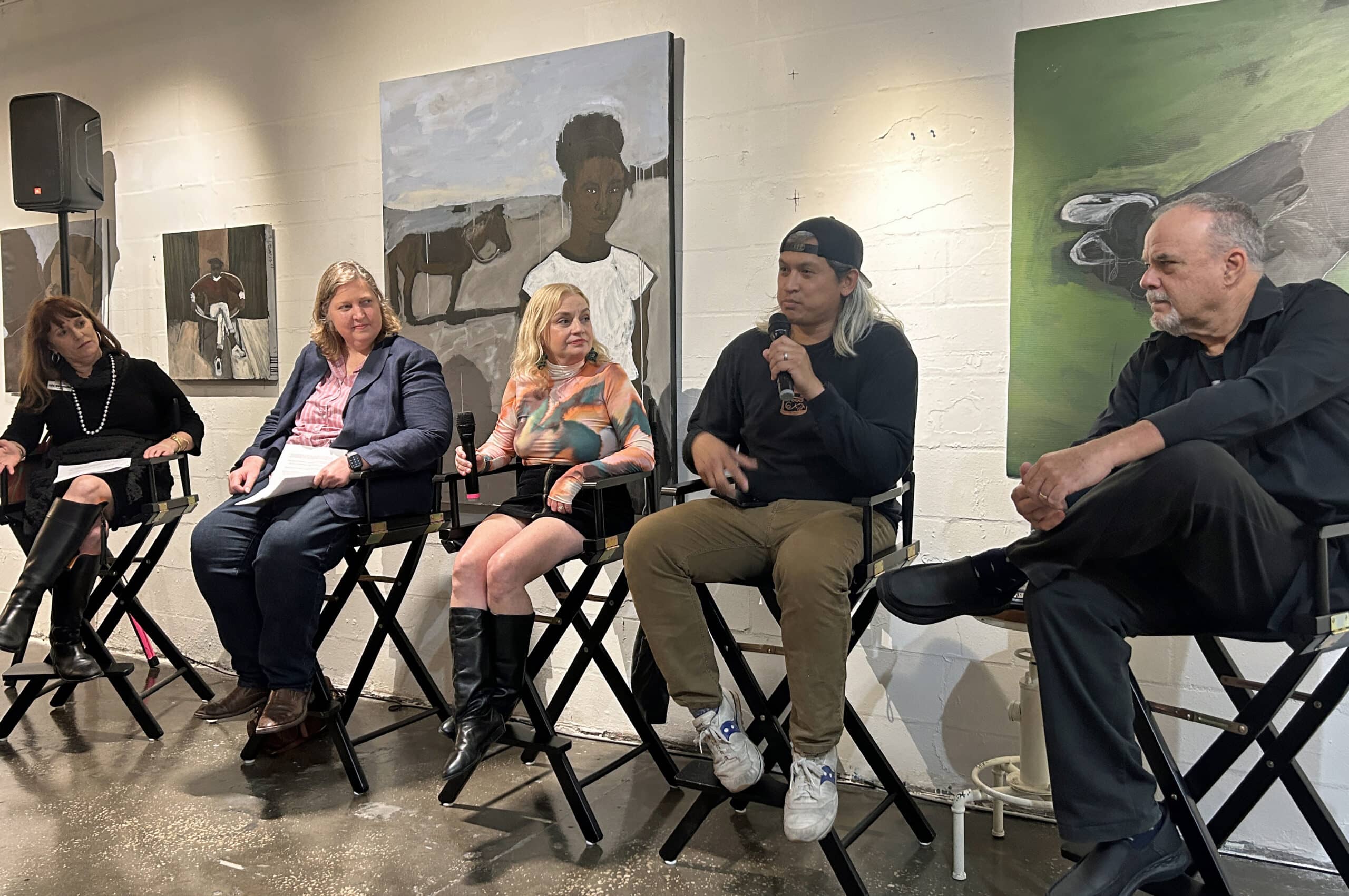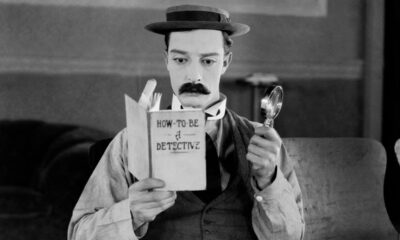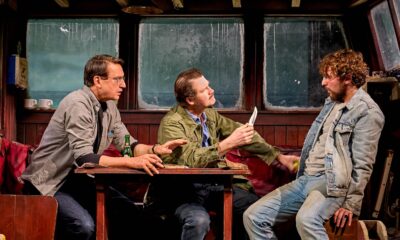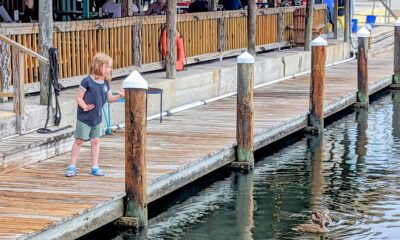Create
Arts journalists discuss Tampa Bay coverage

The salon/reception area of FloridaRAMA, St. Petersburg’s immersive, walk-through art experience, was filled with creatives from across Tampa Bay Thursday evening. Poets, painters, actors, sculptors, ceramicists, curators and photographers gathered in a loose semi-circle around a panel of writers and editors discussing arts journalism and the state of local arts reporting.
Moderated by FloridaRAMA CEO Liz Dimmitt, the panelists were Ray Roa, editor-in-chief of Creative Loafing; writer and photographer Jennifer Ring; Maggie Duffy, the former Tampa Bay Times arts writer, now with the Gulfport Gabber; and the Catalyst’s senior writer and editor Bill DeYoung.
The journalists reflected on the past, present and future of the arts landscape in the bay area, and the role of journalism, community and local government in spotlighting and preserving our arts and culture scene.
One theme that emerged throughout the night was the discrepancy between the volume of arts being created in Tampa Bay, and the dearth of full-time arts journalists to cover the ever-growing scene.
The panelists lamented, over laughs, that stories about dogs, alligators and restaurants are what readers respond to most days, and that part of the struggle of maintaining an independent publication is balancing covering what’s from the community – and for the community – with paying the bills. DeYoung emphasized the importance of centering the audience when considering what to cover in arts journalism. Editorial decisions have to be made every day.
While artists have programs such as residencies, commissioned works and festivals to fund and publicize their work, similar investments don’t exist for arts journalism, despite it being an art form in itself.
While panelists were frank about the struggles of arts journalism, a consistent refrain was the importance of hope, the value of community and the importance of a healthy arts ecosystem for sustaining the arts and culture scene.
The majority of audience members seemed to know each other from previous art engagements, and many of the panelists knew them, too. There was a clear sense of camaraderie, shared understanding and mutual respect for these creatives who are fighting to keep their craft alive in the city where they honed it.
Author Tyler Gillespie reflected on the struggle for artists to keep living in Tampa Bay while the cost of living continues to increase, and the funding for the arts continues to dwindle. And, despite all odds, the arts continue to thrive, people continue to create, and somehow, writers are still covering it in local publications of all places.
When asked why arts journalism is important, Roa responded, “The same reason art is important.”
The next Art Salon series conversation will be March 6. For more information visit and tickets, visit the website, at this link.








Ron Ogden
February 9, 2025at9:00 am
If America ever had any mature appreciation for the arts, it was lost long ago amid the universal lethargy of the culture. As a percentage, the number of Americans who have any desire to experience the arts is negligible. The number of people who want to study American art and report about it is far smaller yet. There is only one issue to debate: is American art so poor because so few are interested in it or are so few interested in it because it is so poor. No matter the answer, the only solution is somehow to get significant numbers of people to see that the arts are worth their time. It will take generations to do.